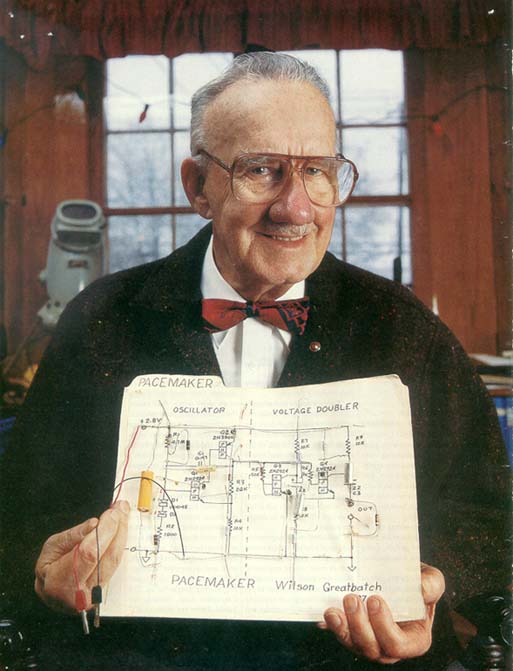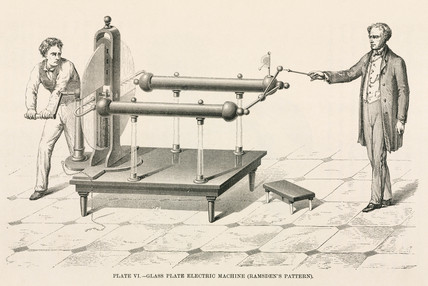After the 2011 edition of ELCA Music Festival, I was dragged (by some mysterious power) deep into the idea that came to my mind around three years ago. At that time, I was trying to simultaneously linearize and reduce a transconductance of a Gm cell (V–I converter circuit) for very low frequency biomedical filtering. The linearization and transconductance reduction were successful but the success came prices that I needed to pay:
- circuit complexity which is really unfriendly to weak inversion CMOS.
- more current consumption which was not surprising. It was very well in line with the circuit complexity.
- more noise contribution (this was also a good friend with circuit complexity).
When I looked into the dynamic range of my design, it was not improved that much from that of an ordinary differential pair circuit (even so the paper was published [1] :). Then I got an idea that ‘instead of inventing a sophisticated linearization technique to obtain larger dynamic range, trying to use as less as possible noisy circuit elements and forget about linearization are more reasonable for biomedical signal processing which requires a good deal of power reduction’. The idea was left there since then for two reasons: I had other jobs to do and the idea seemed too sloppy.
Let me tell you more about the mysterious power. Several times we did rehearsals before the ELCA festival. I was in charge of acoustic guitar and harmonica for the song called ‘The end of the world’ http://www.youtube.com/watch?v=KmnKCE99sYE. Playing two instruments at the same time made me tired and it did not make a good harmony as expected. So I stopped playing the guitar and exercised only the harmonica (of course combined with the piano from Wouter, the electric guitar of Mark and Wannaya’s voice (I could not find this song on our Youtube channel — don’t know why). The song turned out better than before and this reminded me of that sloppy idea!!!
I did an investigation and found that there are strong evidences supporting my idea founded in low-pass filter design [2] [3]… It works!!! Large dynamic range was achieved as well as a very good figure of merit. Although the above filters were dedicated to communication systems rather than for low frequency biomedical signals, the underlying concept of the filter should be applicable for biomedical signal as well. Only a bit more effort was needed to work it out.
Good news!!! Recently, with the help from Senad, who has become 22 years old today — the same as me :). Happy Birthday!!!— my sloppy idea was realized. A 6th-order ECG low-pass filter with a large dynamic range of 59dB and extremely low power consumption of 0.45nW has been designed. We plan to submit this work to BioCAS2011. Hopefully, the reviewers will like it, too.
More good news!!! The application is not limited to low-pass filters only. I’m developing this idea further to apply it for a cochlear channel band-pass filter. What I can say now from the circuit simulations is that the filter provides the best figure of merit compared to state of the art designs. The secret is that all terminals of a single MOSFET device are being used, one pole and one zero are achieved by only two transistors sharing the same bias current.
Next time, I will tell you more about this. Stay tuned if you are interested!!!
Healthy Haring is coming. I heard from Marijn that this year, since the weather is warm, the fish is growing bigger. See you in the Pub this coming Thursday for Harings and Beers 😀
June
[1] C. Sawigun, D. Pal and A. Demosthenous, “A wide linear range transconductor subthreshold transconductor for sub-Hz filtering,” Proc. IEEE ISCAS, pp.1567-1570, 2010
[2] D. Python, A. S. Porret and C. Enz, “A 1V 5th-order Bessel filter dedicated to digital standard proceses,” Proc. IEEE CICC, pp. 505-508, 1999
[3] S. D’Amico, M. Conta and A. Baschirotto, “A 4.1mW 10MHz fourth-order source-follower-based continuous-time filter with 79-dB DR,” IEEE J. Solid-State Circuits, pp. 2713-2719, Dec. 2006
In order to present the Biomedical Electronics Group of Delft University of Technology to a couple of companies, it made sense to reveal our mission statement. So here it goes…


 Researchers at the Max Planck Institute and Cornell University have come up with a low-energy pulse sequence to
Researchers at the Max Planck Institute and Cornell University have come up with a low-energy pulse sequence to Besides many research related posts on this weblog, there is another important aspect in universities: education. Currently the spring examinations take place. It is time to see if our efforts in introducing the students into the exciting world of transistors were good enough. Today I was supervising a retake of a first year BSc-course. In order not to get too bored, I printed out a bunch of papers to read through…
Besides many research related posts on this weblog, there is another important aspect in universities: education. Currently the spring examinations take place. It is time to see if our efforts in introducing the students into the exciting world of transistors were good enough. Today I was supervising a retake of a first year BSc-course. In order not to get too bored, I printed out a bunch of papers to read through…